The 1950 Hudson Commodore stands as a landmark in automotive history, marking a period when innovation thrived beyond the dominance of the Big Three automakers. Hudson’s unique approach to design and engineering enabled the Commodore to capture the imagination of car enthusiasts and racing aficionados alike.
Innovative Design and Engineering
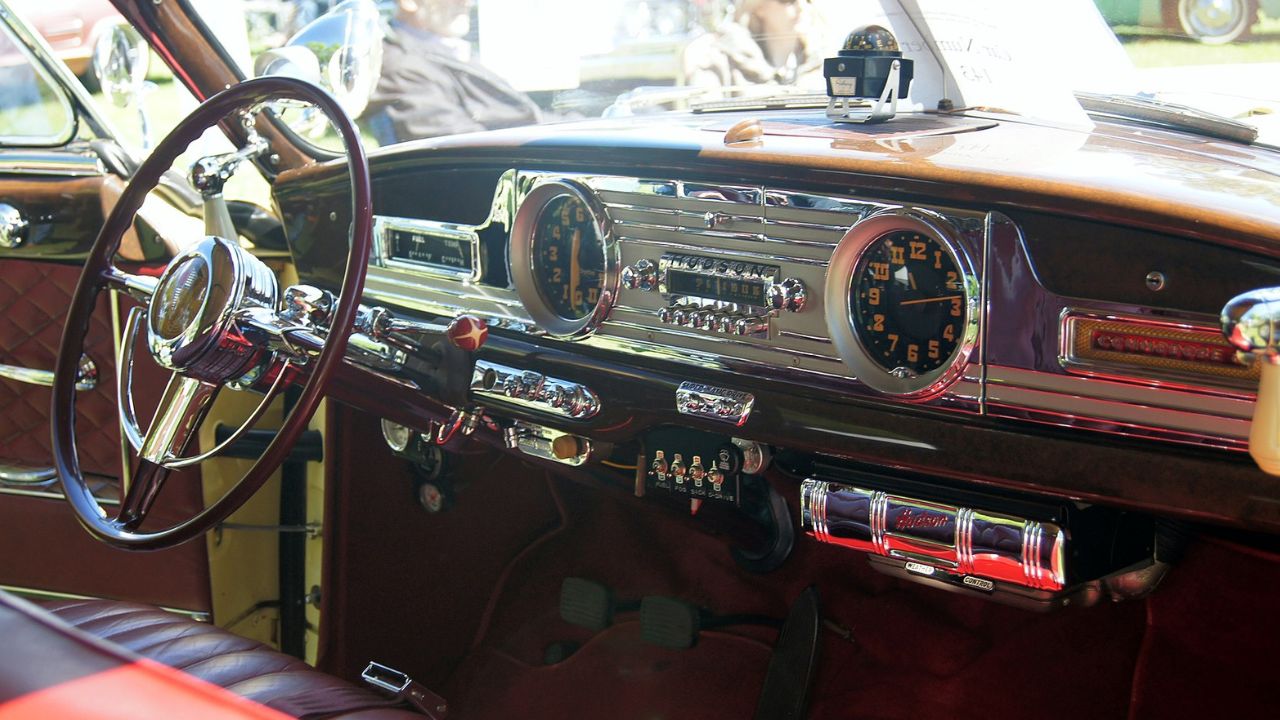
The Hudson Commodore was a marvel of design innovation, featuring sleek, aerodynamic lines that were ahead of its time. Hudson employed a unibody design that integrated the chassis and body into a single, cohesive unit. This not only enhanced the vehicle’s structural integrity but also contributed to its smooth, streamlined appearance.
Inside, the Commodore offered a spacious and luxurious cabin, setting new standards for comfort in its class. The dashboard was designed for functionality and style, incorporating easily readable gauges and controls. This attention to detail helped distinguish the Commodore from its competitors, adding to its appeal among discerning buyers.
The Step-Down Chassis Advantage
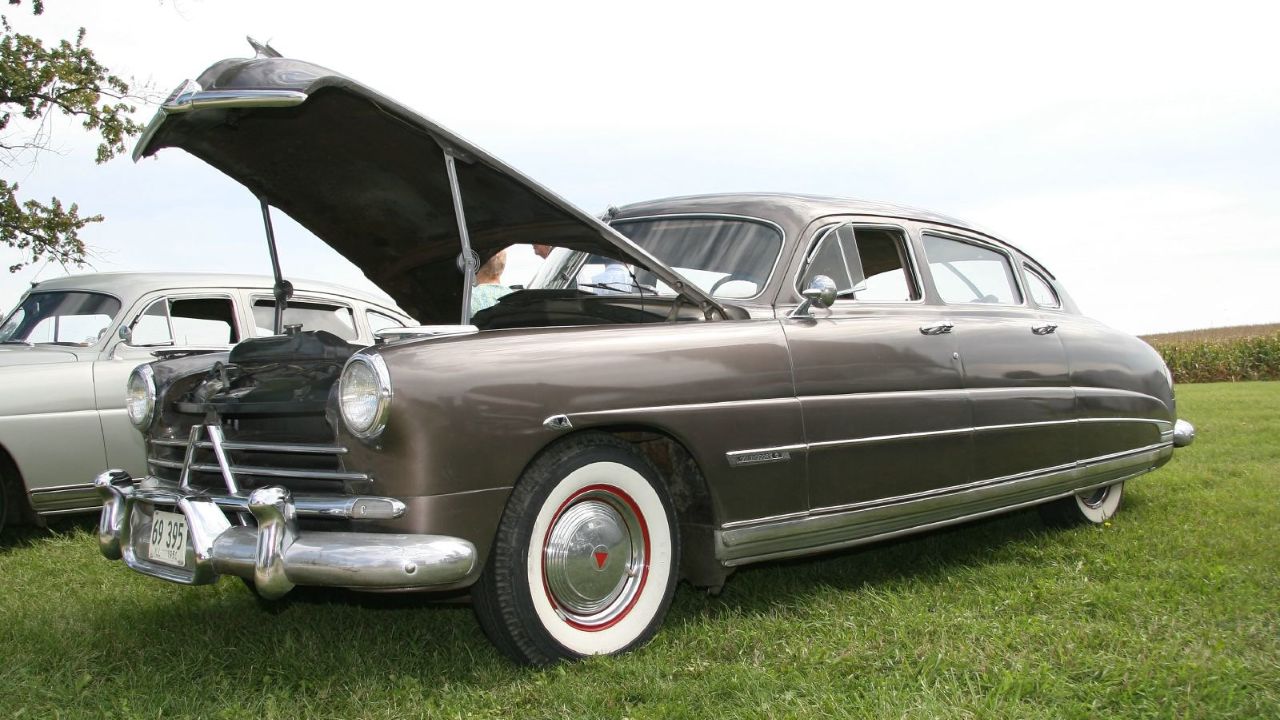
One of the key engineering breakthroughs of the Hudson Commodore was its step-down chassis design. By lowering the vehicle’s center of gravity, this innovation significantly improved handling and stability. Drivers experienced a more connected and responsive drive, a notable contrast to the typical ride of other cars during that era.
This design also allowed for a lower roofline without compromising interior space, resulting in a sleek, modern silhouette for the Commodore. The step-down chassis became a defining feature of Hudson vehicles and played a pivotal role in enhancing their performance on both the road and the racetrack.
Power and Performance: The Hudson Hornet Legacy
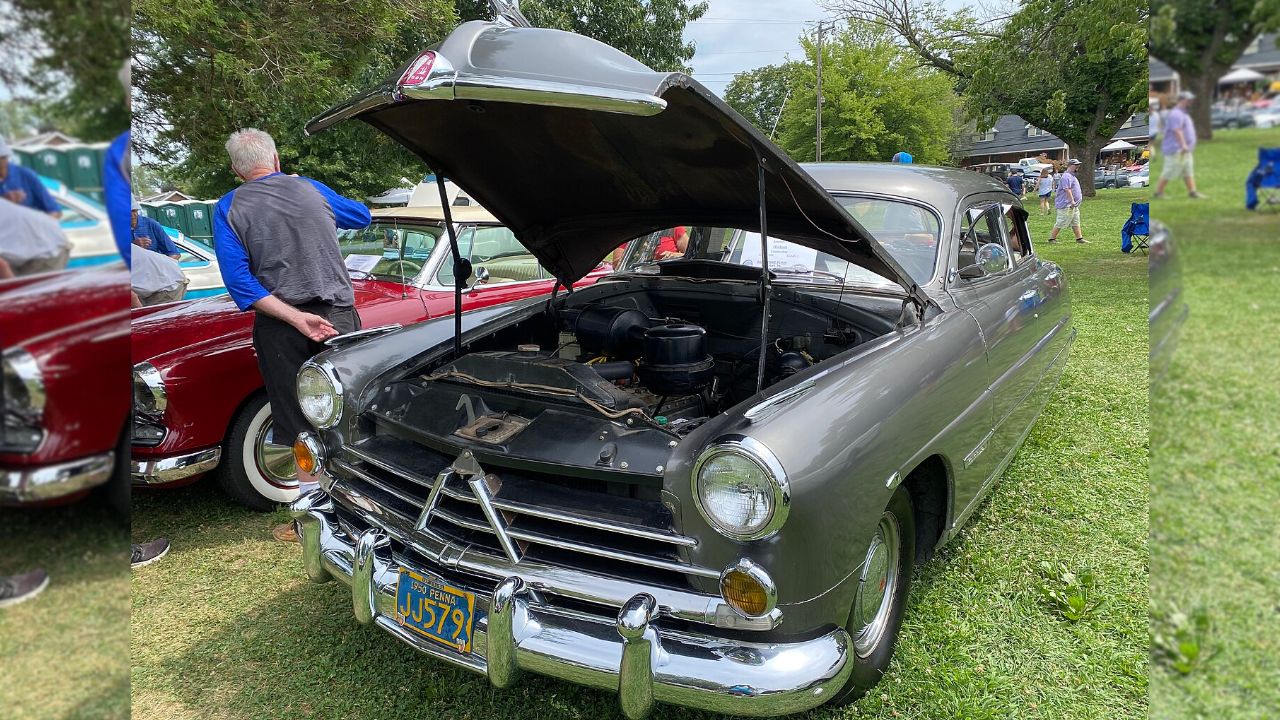
Though the Commodore itself was impressive, the legacy of the Hudson Hornet engine solidified Hudson’s reputation for power and performance. The Hornet’s high-compression straight-six engine delivered exceptional horsepower and torque, providing a thrilling driving experience that was unmatched by its contemporaries.
This engine’s performance prowess wasn’t just limited to the streets; it soon became a formidable force in competitive racing. The Hornet’s dominance in motorsport further cemented Hudson’s status as a manufacturer capable of producing high-performance vehicles.
Dominance in NASCAR and Racing Circuits
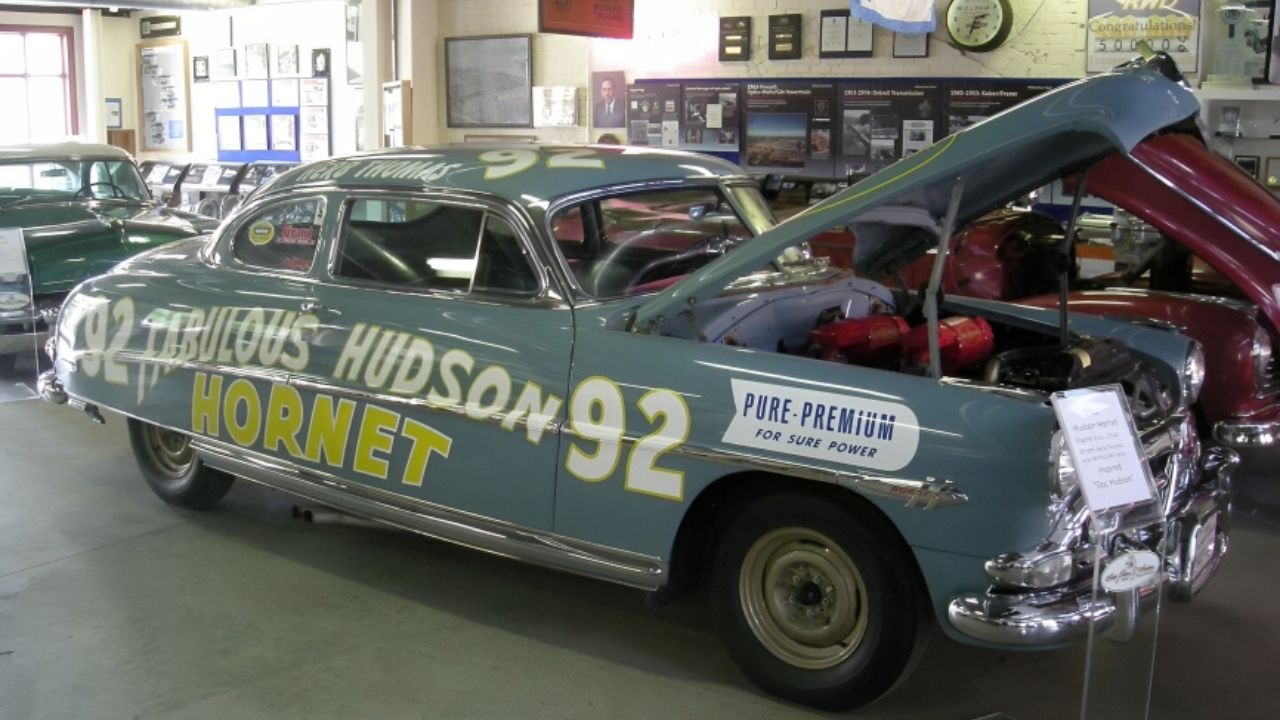
The Hudson Commodore, armed with the powerful Hornet engine, quickly rose to prominence in NASCAR during the early 1950s. Drivers like Marshall Teague and Herb Thomas piloted Hudsons to numerous victories, showcasing the car’s superior speed and handling.
In 1952 alone, Hudson won an astounding 27 out of 34 NASCAR Grand National races. These successes on the racing circuit not only boosted Hudson’s brand image but also proved that their engineering advancements could outperform those of much larger automotive companies.
The Big Three: Ford, GM, and Chrysler’s Challenge
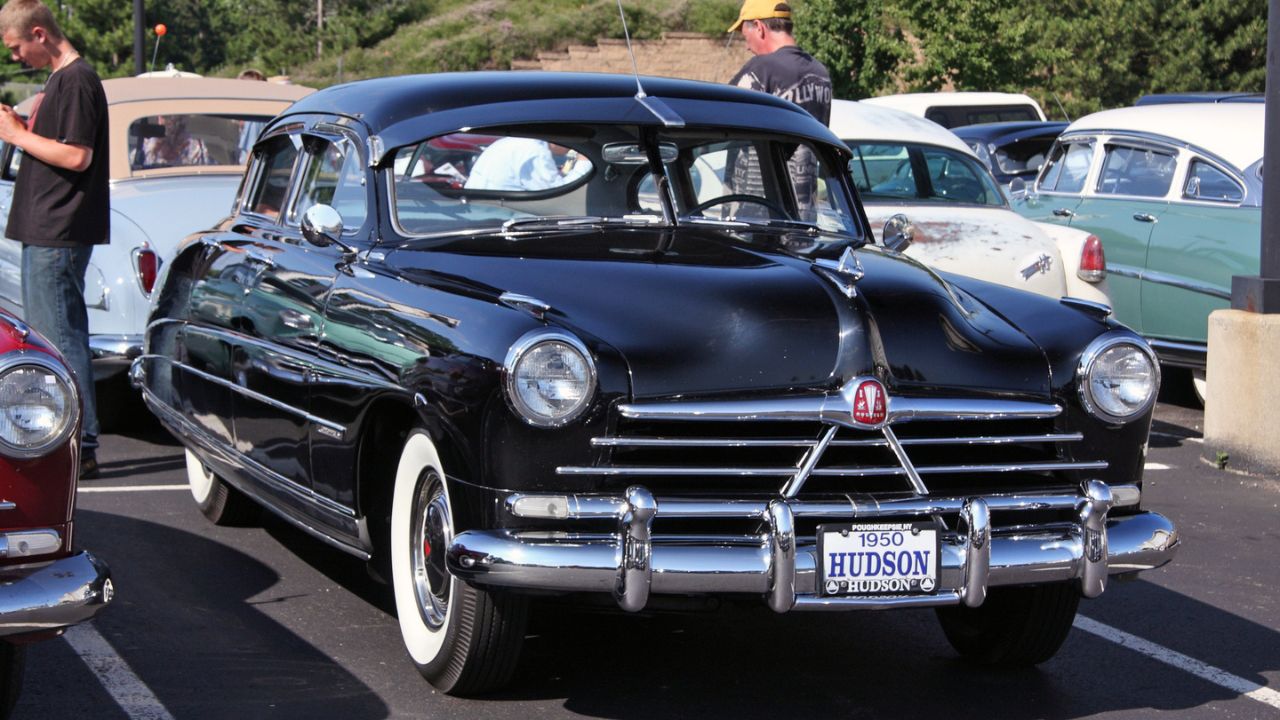
During the early 1950s, the Big Three automakers—Ford, General Motors, and Chrysler—dominated the American automotive landscape. However, the Hudson Commodore represented a significant challenge to their supremacy, offering a compelling alternative that appealed to both consumers and racing enthusiasts.
The innovative engineering and racing success of the Hudson Commodore forced the Big Three to take notice and adapt. Hudson’s influence prompted these larger companies to invest more heavily in research and development to keep up with the advances being made by this smaller, yet formidable, competitor.
Impact on Automotive Design and Industry Standards
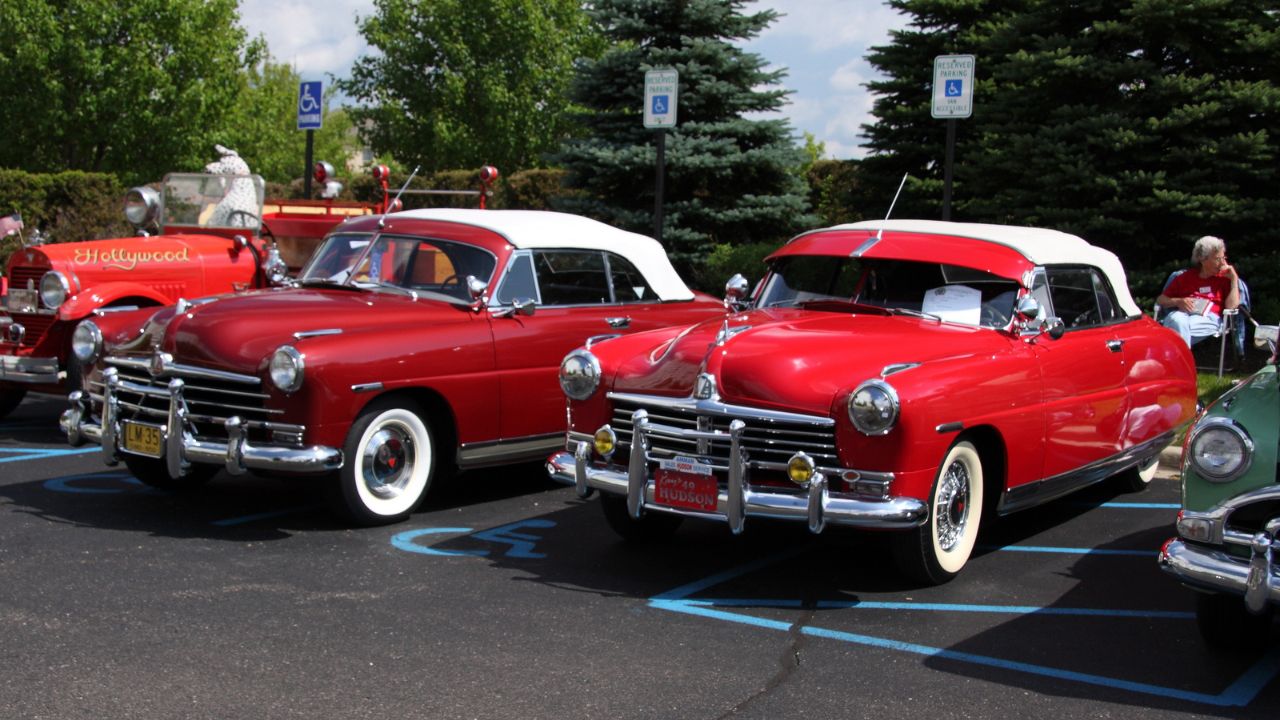
The innovations introduced by Hudson with the Commodore had a lasting impact on automotive design and industry standards. The step-down chassis, in particular, influenced future vehicle designs by demonstrating the benefits of a lower center of gravity and improved aerodynamics.
Additionally, Hudson’s success in racing highlighted the significance of performance engineering and its potential impact on consumer perceptions. This realization pushed other automakers to prioritize performance improvements, ultimately leading to the development of the muscle car era of the 1960s.
The Legacy and Collectibility of the Hudson Commodore
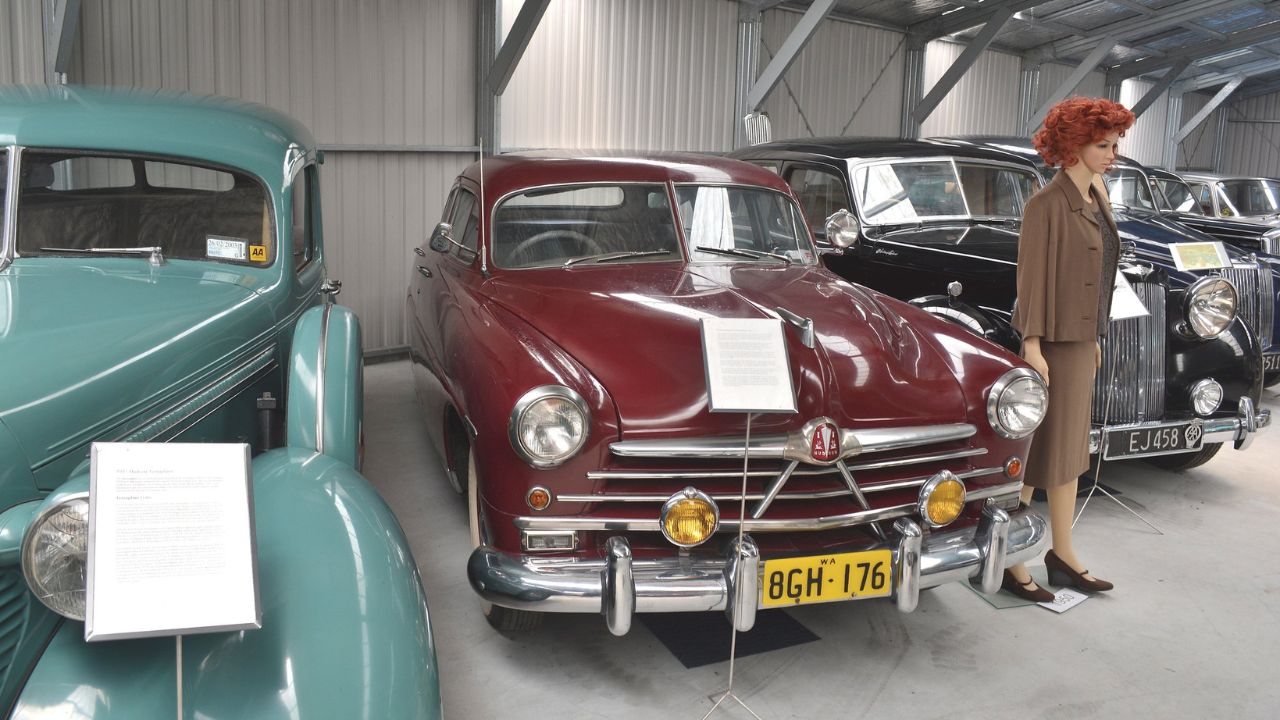
Today, the Hudson Commodore is cherished by collectors and car enthusiasts who appreciate its historical significance and engineering prowess. Classic car shows frequently feature restored models, where they continue to capture the attention of admirers.
The Commodore’s legacy is not only preserved in its physical form but also in its contributions to car design and the competitive spirit it brought to the industry. As a result, the Hudson Commodore remains a symbol of innovation and a testament to the enduring appeal of automotive excellence.
Like Fast Lane Only’s content? Be sure to follow us.
Here’s more from us:
*Created with AI assistance and editor review.

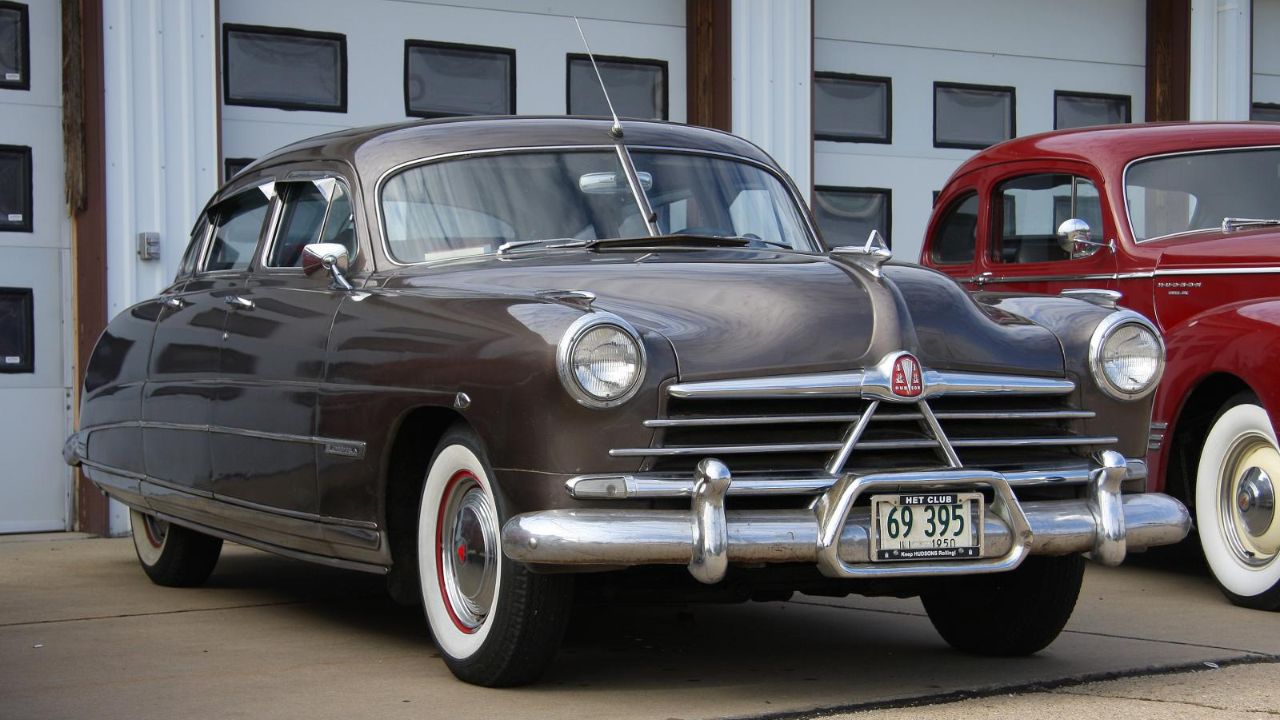

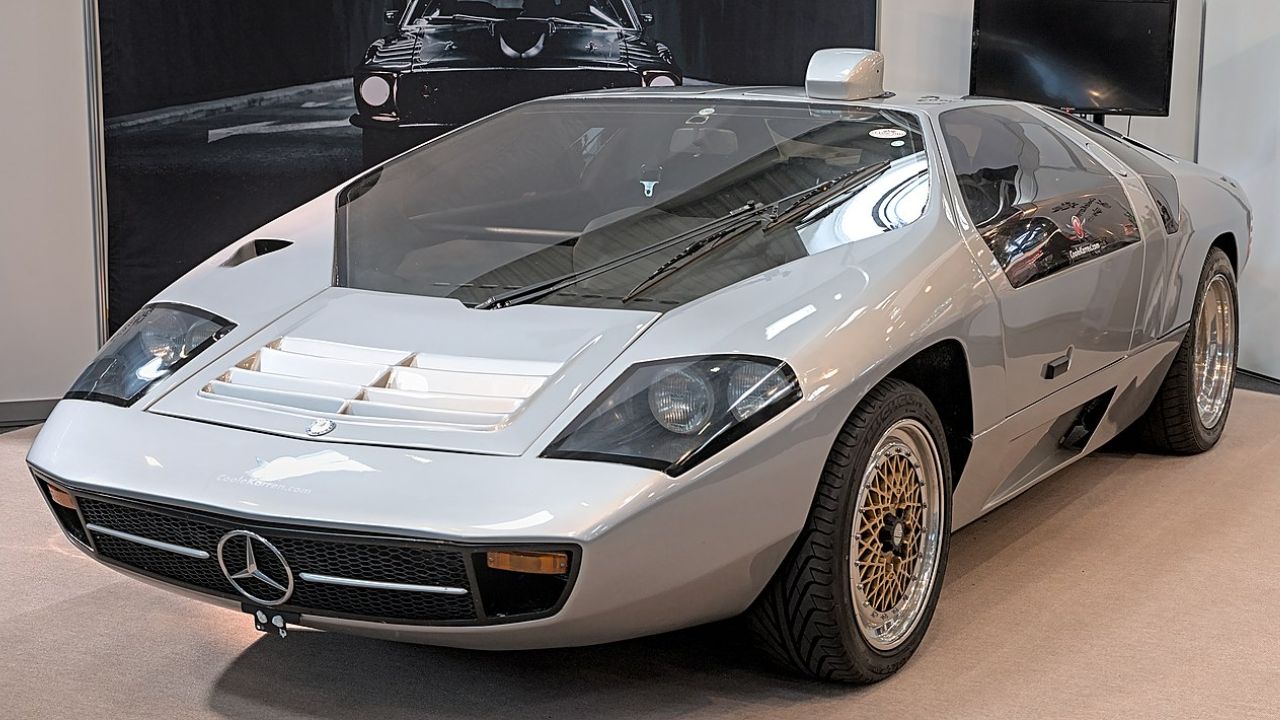

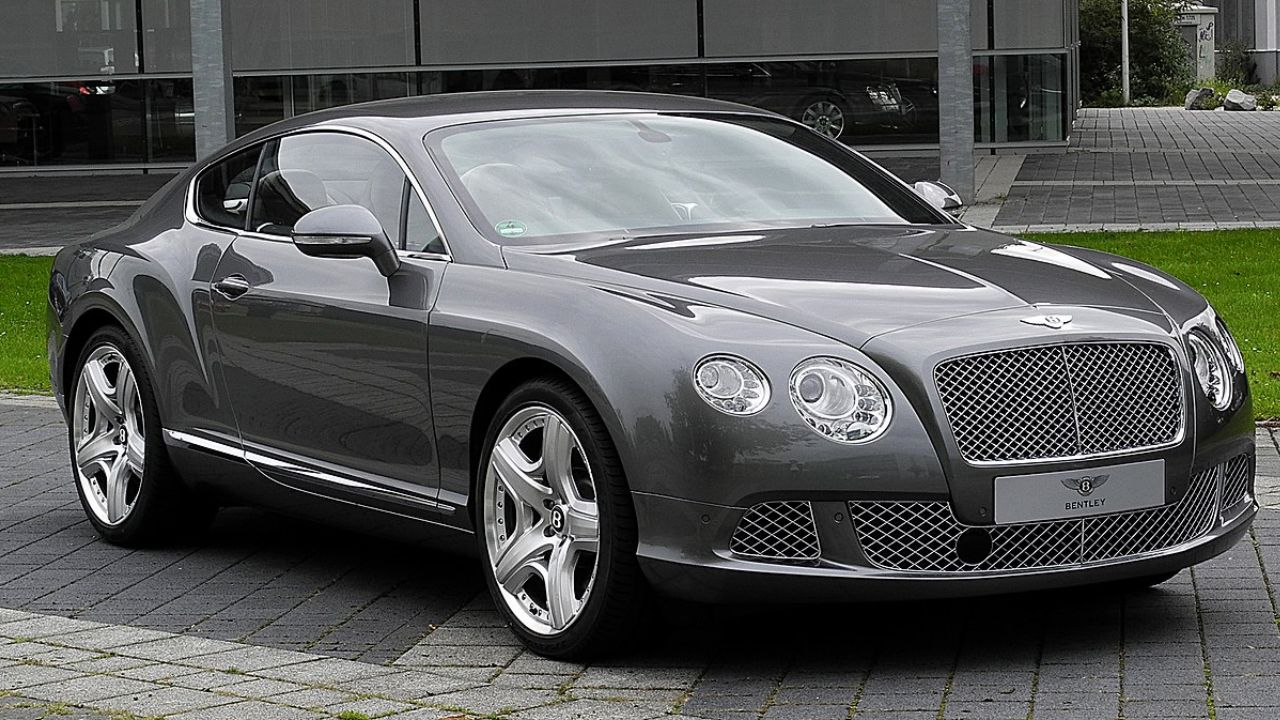
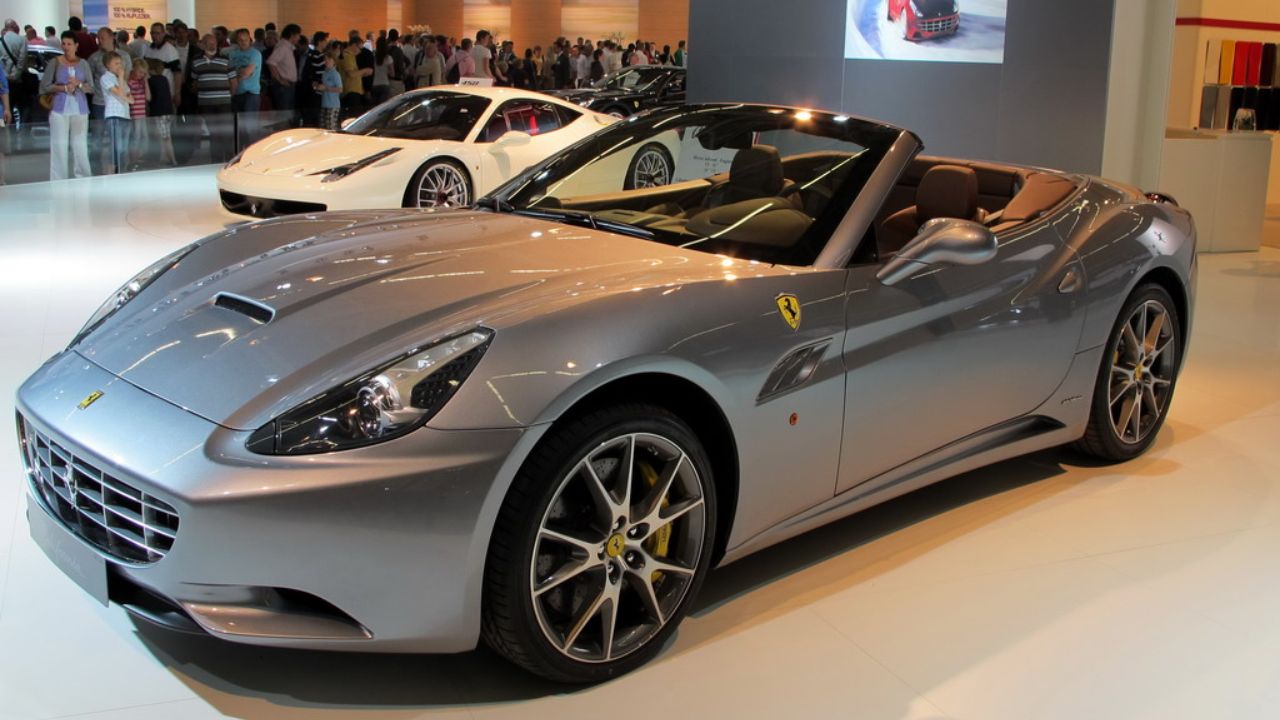
Leave a Reply